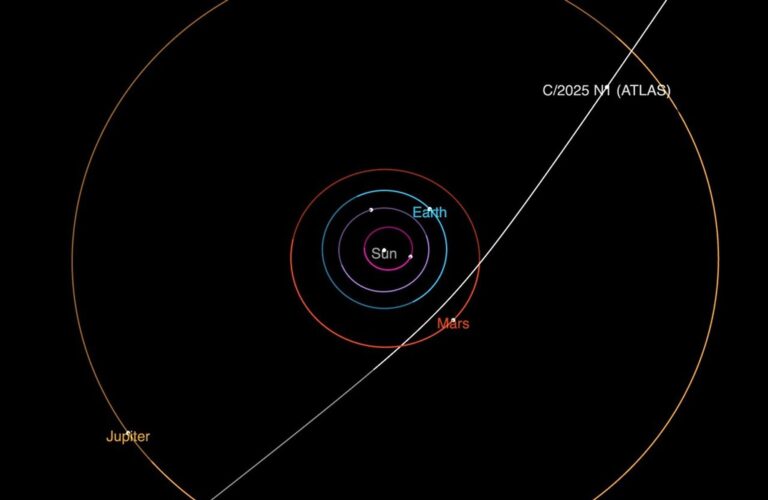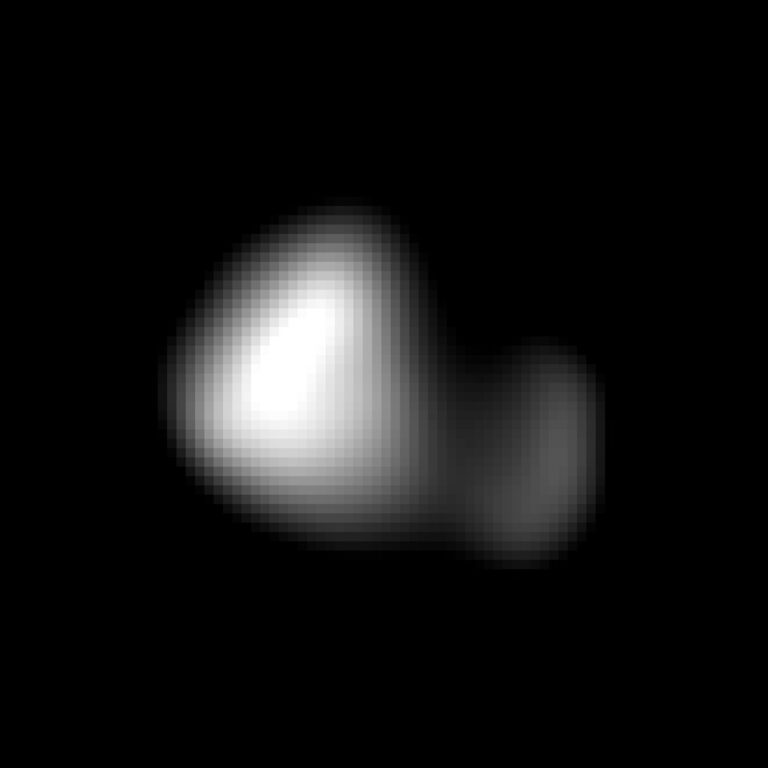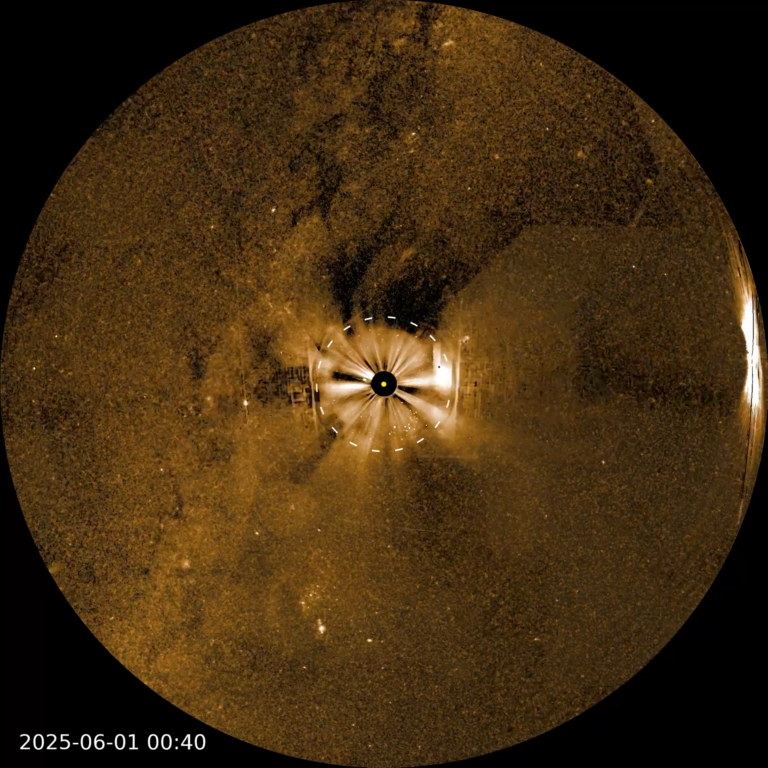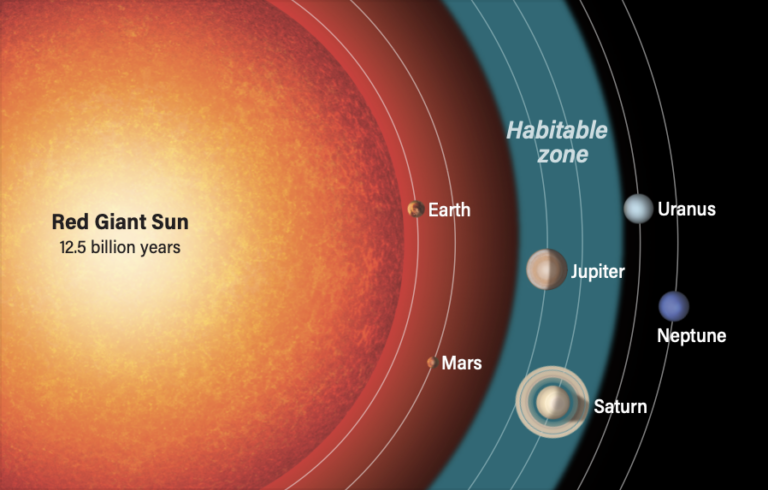Key Takeaways:
The Geminid meteor shower is best known for the reliable show it puts on during the winter holiday season. But the event is also unique because it stems not from a comet but from an asteroid: 3200 Phaethon.
Phaethon’s true nature has puzzled astronomers for over 10 years, ever since they discovered that it brightens dramatically and expels dust when it nears the Sun. That behavior is usually reserved for comets: When a comet’s path brings it through the inner solar system, the Sun warms and vaporizes the ices on its surface, creating a bright tail extending up to millions of miles behind it. Escaping vapor can also dislodge some of the comet’s dust and rock, which is usually the debris that fuels meteor showers.
But asteroids like Phaethon are made of rock and metal, with little or no ice, leaving scientists to search for a different explanation for Phaethon’s cometlike behavior. In a study published Aug. 16 in The Planetary Science Journal, researchers reported that they may have finally uncovered the culprit: sodium.
A fizzy approach
Aptly named after the son of the Sun god in Greek mythology, Phaethon has a 524-day orbit that brings it within just 0.14 astronomical units — where 1 AU is the average distance between the Earth and Sun — of our star, well within Mercury’s orbit. At that distance, the Sun heats the asteroid’s surface to about 1,390 degrees Fahrenheit (750 degrees Celsius). While any water, carbon dioxide, or carbon monoxide ices just under the surface would have evaporated long ago, sodium — an element abundant in asteroids — could be fizzling just under its surface.
A steady bubbling of sodium would explain why Phaethon brightens as it approaches the Sun, as the resulting gas and dust would scatter more sunlight. It could also explain how the fuel for the Geminids breaks off from Phaethon.
“Asteroids like Phaethon have very weak gravity, so it doesn’t take a lot of force to kick debris from the surface or dislodge rock from a fracture,” said study co-author Björn Davidsson of JPL in a press release. “Our models suggest that very small quantities of sodium are all that’s needed to do this.”
To determine whether sodium could indeed be the cause, the team heated chipped samples from the Allende meteorite — an object that fell to Earth in 1969 and may have originated from an asteroid like Phaethon — to the highest temperatures Phaethon experiences as it approaches the Sun. After subjecting it to heat for three hours — equivalent to a day on fast-spinning Phaethon — the researchers found that while other elements remained, the sodium in the chips had boiled away.
More data are needed to cement this as the reason for Phaethon’s cometlike behavior, including repeating the test in a vacuum to better simulate Phaethon’s environment. And although the researchers point out that this scenario depends a lot on the minerals present within a given object, they suspect that it could be applied to other active asteroids that have close approaches to the Sun. This study supports growing body of evidence that the classification between comet and asteroid may be too simple. As study lead author, Caltech’s Joseph Masiero, put it, “The spectrum between asteroids and comets [is] even more complex than we previously realized.”











